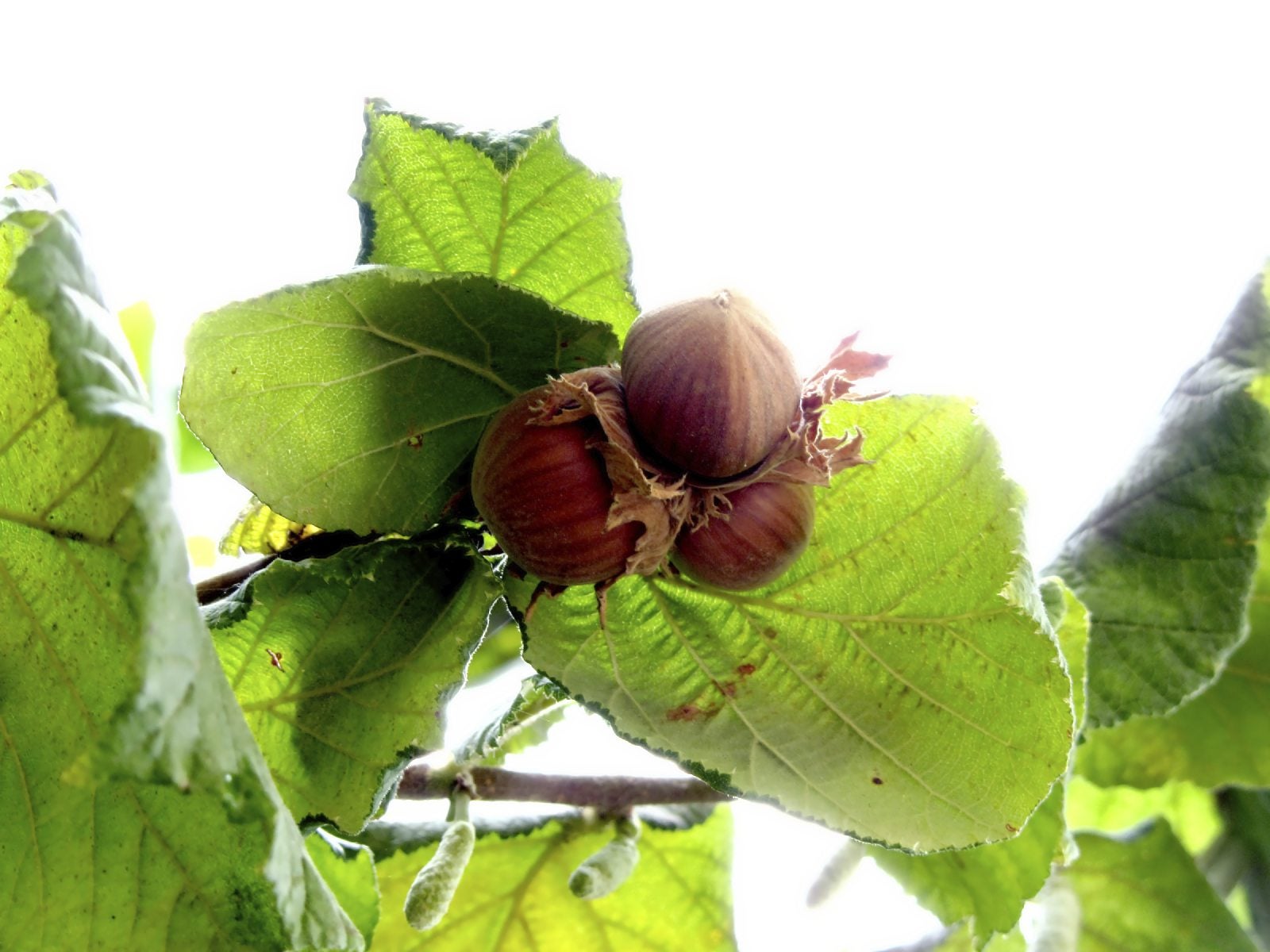Hazelnut Picking: How And When To Harvest Hazelnuts

Each year when I was in grade school through middle school, our family would travel from Eastern Washington to the Oregon Coast. One of our stops enroute to our destination was at one of Willamette Valley’s hazelnut farms, where about 99% of all the hazelnuts grown in the United States are cultivated. There were several U-Pick places where you could do your own hazelnut picking. Harvesting hazelnuts is simple to do if you know when to harvest hazelnuts. So how do you harvest hazelnuts? Read on to learn more.
When to Harvest Hazelnuts
Hazelnuts, also known as filberts, thrive in regions of mild, moist winters combined with cool summers. Hazelnuts produce nuts when they are around 4 years of age but don’t really become productive until they are closer to 7 years of age. Clusters of blossoms appear in the late winter to early spring between February and March. Once the flowers are pollinated, nuts begin to form. Over the course of the summer months, the nuts continue to mature leading up to the harvesting of hazelnuts in October. Once the nuts have been harvested, the tree will become dormant until the next spring.
How Do I Harvest Hazelnuts?
The nuts will be ripening in September leading up to October harvest. At this time, it is a good idea to do a little prep work prior to hazelnut picking. Mow the area surrounding the hazelnut trees to remove grass and weeds, which will make harvesting easier as it allows you to rake fallen nuts into piles. Hazelnuts need to be harvested prior to the autumn rains. As the nuts ripen, they drop from the tree over the course of approximately six weeks. When you see that the nuts are beginning to drop, you can facilitate the process by gently shaking the tree limbs to loosen the nuts from their perches. Gather nuts from the ground. Some of the fallen nuts may be wormy or even empty. It is easy to distinguish between those nuts that are bad from good. Place the nuts in water. Floating nuts are the duds. Discard any floaters. Also, insect infested nuts will have holes in the shell and should be tossed out. Once hazelnut picking has been accomplished, it’s time to dry the nuts out. Start drying them within 24 hours after picking. Lay them out in a single layer on a screen to allow for good aeration. Place them in a warm, dry place and stir them around every day. Hazelnuts dried in this manner should be completely dried in 2-4 weeks. To speed up the process, you can use a food dryer. Set the temperature of the dryer to 90-105 degrees F. (32-40 C.). A food dryer will shorten the drying time to 2-4 days. You may also dry the nuts over a furnace or radiator, whatever will keep the temp around 90-105 F (32-40.5 C.). and no more than that. Also, if you shell the nuts prior to drying them, the dry time will decrease significantly. Once the hazelnuts are dry, the meat will be cream colored and firm. As long as the nuts are not shelled, hazelnuts can be stored at room temp for several months. Shelled nuts should be used within a few weeks or stored in the refrigerator, or frozen for up to a year. Hazelnuts are so delicious. I have no doubt that keeping them in the refrigerator for a year will not be a problem. They are fabulous on their own or added to baked goods, tossed into salads or ground in nut butter. Homemade Nutella anyone?
Sign up for the Gardening Know How newsletter today and receive a free copy of our e-book "How to Grow Delicious Tomatoes".

Amy Grant has been gardening for 30 years and writing for 15. A professional chef and caterer, Amy's area of expertise is culinary gardening.
